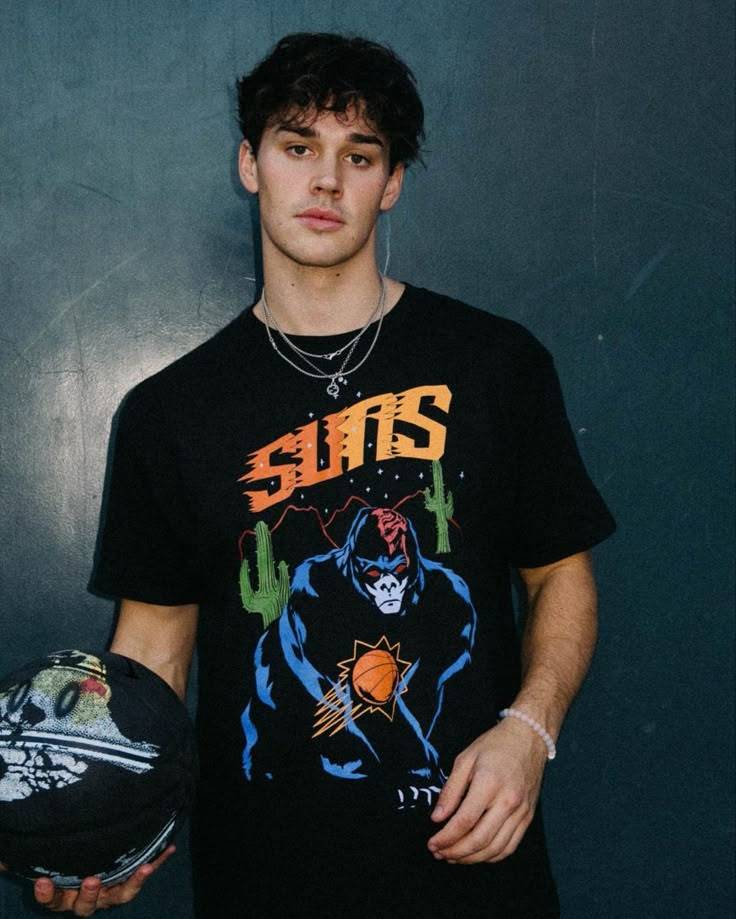
Neon and Glow-in-the-Dark T-Shirts: The Future of Partywear
Over the past few years, fashion has seen a fascinating shift toward clothing that reacts to light in unique ways. Among the most exciting innovations
In the fast-evolving world of e-commerce, artificial intelligence (AI) is making a significant impact, especially in the fashion industry. AI’s integration into fashion e-commerce platforms has revolutionized the way businesses engage with consumers, creating more personalized and efficient shopping experiences. In this article, we will explore how AI is enhancing user experience in fashion e-commerce, from personalized recommendations to virtual try-ons, and how these advancements are transforming the way consumers shop for clothing online.
Fashion e-commerce has come a long way since its early days. Originally, online shopping was limited to browsing static product pages with basic images and descriptions. However, with the rise of AI, the landscape has shifted dramatically. AI-driven technologies have enabled brands and retailers to offer highly personalized, interactive, and efficient shopping experiences. In this section, we will explore how fashion e-commerce has evolved and the role AI has played in this transformation.
One of the most significant ways AI enhances the user experience in fashion e-commerce is through personalized product recommendations. AI algorithms analyze vast amounts of data, including browsing history, past purchases, and even social media activity, to suggest products that are most likely to appeal to individual users. This personalization not only improves the customer experience but also boosts conversion rates by making it easier for users to find products they love. We will delve into how AI-powered recommendation systems work and their impact on customer satisfaction and sales.
One of the biggest challenges in online fashion shopping is the inability to physically try on clothes. However, with the development of AI-powered virtual try-on technology, this problem is being addressed. Virtual try-ons allow users to see how clothes will look on them without ever having to step foot in a store. By using augmented reality (AR) and AI, consumers can upload images of themselves or use 3D avatars to virtually try on garments, making the online shopping experience much more interactive and realistic. This section will explore how virtual try-on technology works and how it enhances the user experience in fashion e-commerce.
AI-powered chatbots have become an essential tool in fashion e-commerce for providing instant customer support. These virtual assistants are available 24/7 to answer questions, guide users through the shopping process, and even assist with product recommendations. By using natural language processing (NLP), AI chatbots can understand and respond to customer queries in a way that feels conversational and human-like. This section will discuss the role of AI chatbots in improving customer support, increasing engagement, and enhancing the overall shopping experience.
Visual search technology, powered by AI, allows users to search for products by uploading images rather than using text-based queries. AI image recognition algorithms analyze the uploaded image and find similar products in the retailer’s catalog, making it easier for consumers to find exactly what they are looking for. This feature is particularly useful in fashion e-commerce, where users may come across clothing they like but don’t know how to describe. This section will explore how visual search is changing the way users shop for fashion online and the impact it has on user experience.
AI’s ability to analyze large datasets and identify patterns is revolutionizing how fashion brands anticipate and respond to customer needs. Predictive analytics can forecast trends, inventory demands, and even individual consumer preferences, enabling brands to offer a more tailored shopping experience. By predicting what customers are likely to want, retailers can enhance the user journey and improve satisfaction. This section will focus on how predictive analytics are being used in fashion e-commerce to optimize product offerings and personalize the shopping experience.
AI is also playing a key role in pricing strategies within fashion e-commerce. By analyzing consumer behavior and market trends, AI can help retailers set dynamic pricing models that offer personalized deals and discounts to individual users. For example, AI can offer a discount to a shopper who has shown interest in a particular product but hasn’t yet made a purchase. By personalizing pricing, brands can improve conversion rates and customer loyalty. This section will discuss how AI is used in price optimization and its impact on user experience.
AI is also making waves in the world of fashion styling. Some e-commerce platforms are using AI-powered styling tools that suggest complete outfits based on a user’s preferences, body type, and previous purchases. These AI systems can analyze a user’s style and recommend clothing that complements their taste, creating a more cohesive and personalized shopping experience. This section will explore how AI is transforming fashion styling and helping users discover new looks that suit their unique style.
AI plays a critical role in fashion e-commerce beyond the front-end experience, particularly in inventory management. AI algorithms can predict demand for specific products and help retailers manage their stock levels more effectively. By optimizing inventory, brands can ensure that popular items are always available, reducing the likelihood of stockouts and improving the customer experience. This section will examine how AI is improving inventory management in fashion e-commerce and its impact on product availability.
Online reviews are an essential part of the modern shopping experience, and AI is helping enhance their usefulness. AI-powered sentiment analysis can help retailers filter and highlight the most relevant reviews, ensuring that customers can quickly access feedback that aligns with their preferences. Additionally, AI is being used to provide more accurate and detailed product descriptions, based on the analysis of customer reviews and feedback. This section will discuss how AI is improving the quality and accessibility of user reviews in fashion e-commerce.
Artificial intelligence is undeniably transforming the landscape of fashion e-commerce. From personalized recommendations to virtual try-ons and advanced chatbots, AI is enhancing every aspect of the shopping experience. As technology continues to improve, fashion brands and retailers will have even more opportunities to provide consumers with a seamless, enjoyable, and personalized shopping journey.

Over the past few years, fashion has seen a fascinating shift toward clothing that reacts to light in unique ways. Among the most exciting innovations

The world of fashion is experiencing an unprecedented transformation, driven largely by advancements in technology. Among the most influential technological breakthroughs is the rise of

In the fast-evolving world of e-commerce, artificial intelligence (AI) is making a significant impact, especially in the fashion industry. AI’s integration into fashion e-commerce platforms